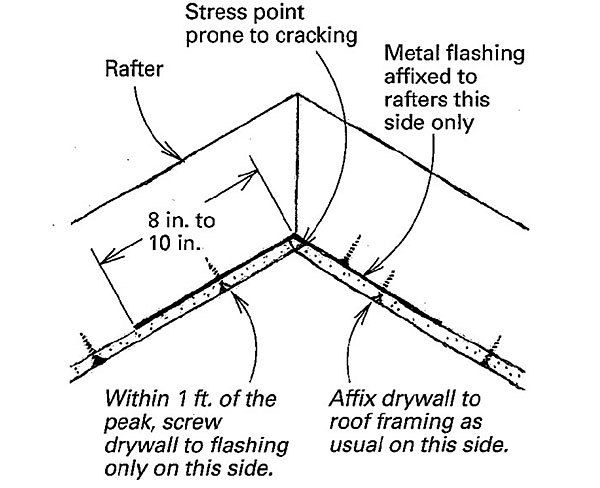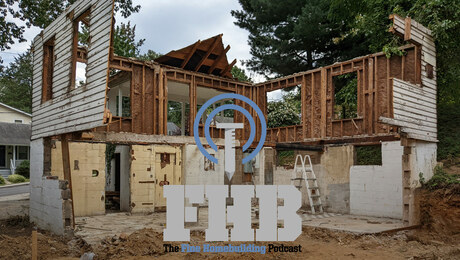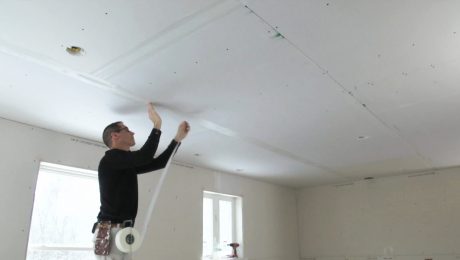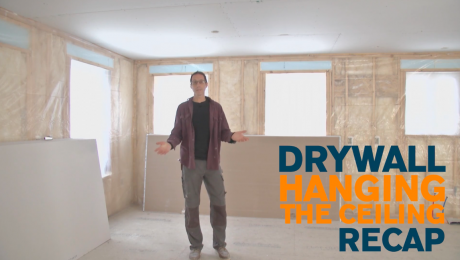Avoiding Cracks in Drywalled Cathedral Ceilings
Metal flashing goes a long way to avoid big problems from seasonal changes.

Cracks often develop at the peak of a cathedral ceiling because the wood framing members move around a little with seasonal changes. The intersecting planes of drywall move along with the framing (be they rafters or scissor trusses), and the taped joint at the peak just isn’t sturdy enough to stay intact for long. The drawing shows a way that I use to cope with such a problem.
Prior to installing the drywall, I fasten a strip of sturdy metal flashing to one side of the ceiling. The flashing is bent to conform to the shape of the roof and extends 8 in. to 10 in. down both sides from the peak. Next, I secure the drywall to the ceiling to which the flashing is anchored. This side goes up in the normal manner, with the drywall screwed to the rafters all the way to the peak. The detail changes, however, on the other side. Within a foot of the peak, I screw the drywall to the sheet metal but not to the roof framing. This method relocates stress points to the fasteners in the field of the drywall rather than the taped joint along its edges.
Gary Wray, Coupeville, WA




























